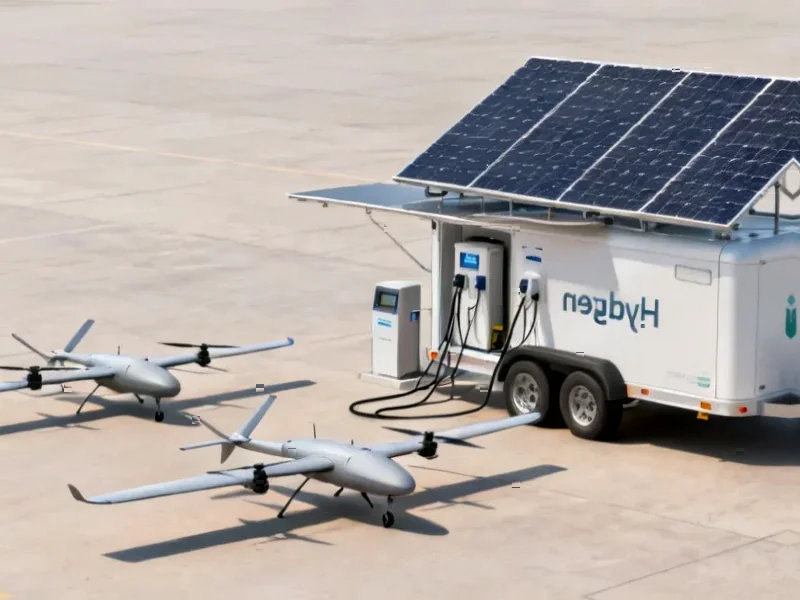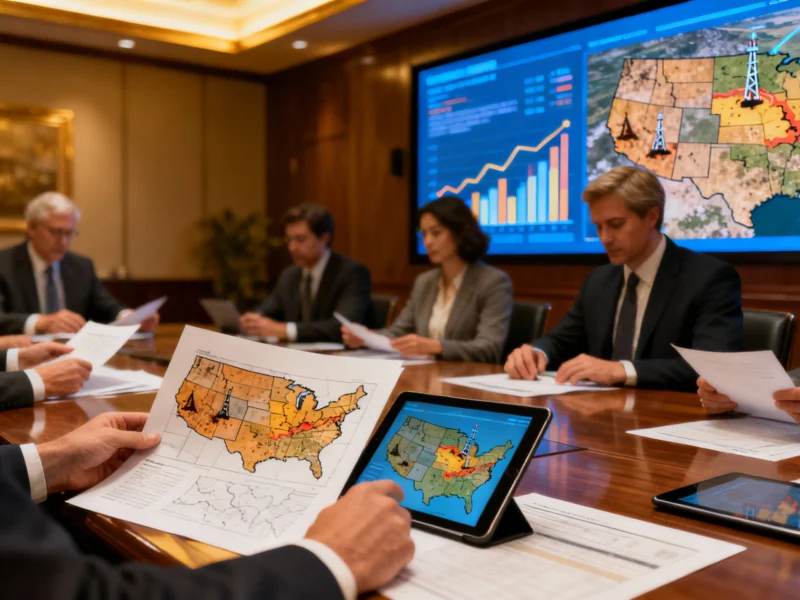According to Utility Dive, Puerto Rico’s energy transformation began after Hurricane Maria devastated the island’s power grid in 2017, triggering the longest blackout in American history. The island responded by enacting Act 17 in 2019, setting a 100% renewable energy target by 2050 and restructuring the grid system, which led to LUMA Energy taking over transmission and distribution in 2021. This created conditions for explosive growth in rooftop solar and battery adoption, with Puerto Rico now leading the U.S. in per capita residential battery storage and rooftop solar providing over 10% of the island’s electricity consumption. LUMA’s Customer Battery Energy Sharing (CBES) program launched in 2023 has grown into the nation’s largest behind-the-meter virtual power plant, with 81,000 customers enrolled achieving 82% participation rates during demand response events, recently using about 70,000 home batteries to send 48MW of electricity to the grid and prevent summer blackouts. This remarkable recovery story offers crucial lessons for grid modernization everywhere.
A New Blueprint for Grid Resilience
What makes Puerto Rico’s virtual power plant model particularly innovative isn’t just its scale, but its fundamentally different approach to grid management. Traditional utilities have historically viewed distributed energy resources as threats to their centralized control, often implementing policies that discourage rather than embrace rooftop solar and home batteries. LUMA’s program flips this paradigm by treating homeowners as partners rather than problems. The psychological shift from passive consumer to active grid participant represents a sea change in utility-customer relationships that could redefine how we think about energy democracy. This approach acknowledges that the future grid won’t be built by utilities alone, but through collaboration with millions of energy producers who also happen to be electricity customers.
Stakeholder Winners and Implementation Challenges
The program creates clear winners across multiple stakeholder groups, but implementation challenges remain significant. Homeowners benefit from both energy security during outages and financial compensation—up to $600 per battery according to Sunrun—creating a compelling value proposition beyond simple bill savings. LUMA gains access to flexible capacity without building expensive peaker plants, while technology providers like Resource Innovations secure a proven deployment model they can replicate elsewhere. However, the equity focus raises important questions: while the program includes households without batteries through third-party aggregators, the upfront cost barrier for battery ownership still limits participation among lower-income residents. The program’s impressive 82% participation rate during events suggests strong engagement, but maintaining this enthusiasm over the three-year permanent program will require careful management of customer expectations around compensation and battery usage.
Technical and Regulatory Hurdles Ahead
Scaling this model presents substantial technical and regulatory challenges that other regions must consider. The coordination of 70,000 distributed batteries requires sophisticated dispatch systems and real-time monitoring that many utilities simply don’t possess. Puerto Rico’s unique circumstances—including federal recovery funding and streamlined regulatory approval processes—created conditions that might be difficult to replicate in more fragmented regulatory environments. Battery degradation from frequent grid discharges represents another concern, as homeowners may not fully understand the long-term impact on their equipment’s lifespan. The program’s success depends on maintaining a delicate balance between grid needs and customer benefits—if participants feel their home energy security is compromised for grid stability, engagement could quickly decline.
National Implications for Grid Transformation
Puerto Rico’s virtual power plant success offers a compelling roadmap for mainland utilities facing similar challenges from climate change and renewable integration. States like California and Texas, which have experienced their own grid reliability crises, could implement similar programs to leverage their growing residential battery installations. The key differentiator is Puerto Rico’s collaborative approach—rather than fighting rooftop solar adoption, LUMA embraced it as a grid asset. This model proves that virtual power plants can provide meaningful capacity at scale: 48MW from residential batteries represents significant generation that would otherwise require building new power plants. As extreme weather events become more frequent nationwide, the ability to quickly mobilize distributed resources could mean the difference between controlled demand response and widespread blackouts.
The Future of Distributed Energy Management
Looking forward, Puerto Rico’s experiment suggests we’re entering a new era of grid architecture where distributed resources become primary rather than supplemental assets. The program’s evolution from pilot to permanent installation indicates this isn’t a temporary solution but a fundamental rethinking of grid design. The next phase will likely involve more sophisticated use cases beyond peak shaving, including frequency regulation, voltage support, and integration with electric vehicle charging. As artificial intelligence and machine learning improve dispatch optimization, virtual power plants could become the default method for managing grid stability in regions with high renewable penetration. Puerto Rico’s painful recovery from disaster has unexpectedly positioned it as a global leader in distributed energy innovation—a transformation that offers hope and practical guidance for grids everywhere facing similar challenges.




